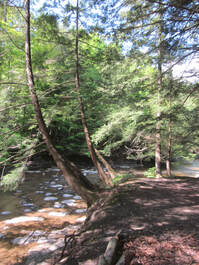AuthorLyn Chimera is a Master Gardener, consultant and lecturer. Archives
May 2023
Categories |
Back to Blog
The Stately Hemlock11/24/2020
0 Comments
Read More
Back to Blog
November Gardening Tips11/1/2020 Dear Gardening Friends,
|

 RSS Feed
RSS Feed

